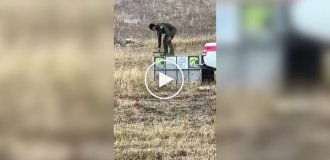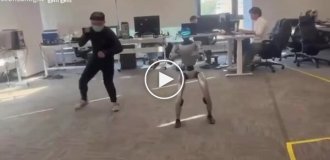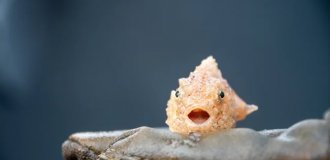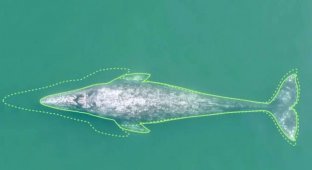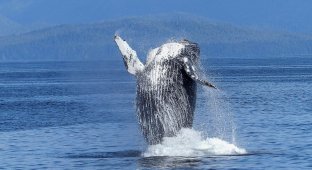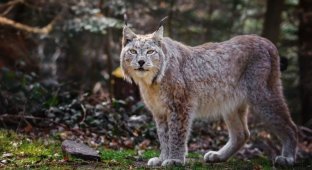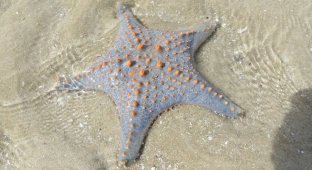The most flexible whale in the ocean. Scientists reveal the "acrobatics" of the largest animals on Earth (4 photos + 1 video)
New drone footage shows sea giants maneuvering their entire bodies as they feed. 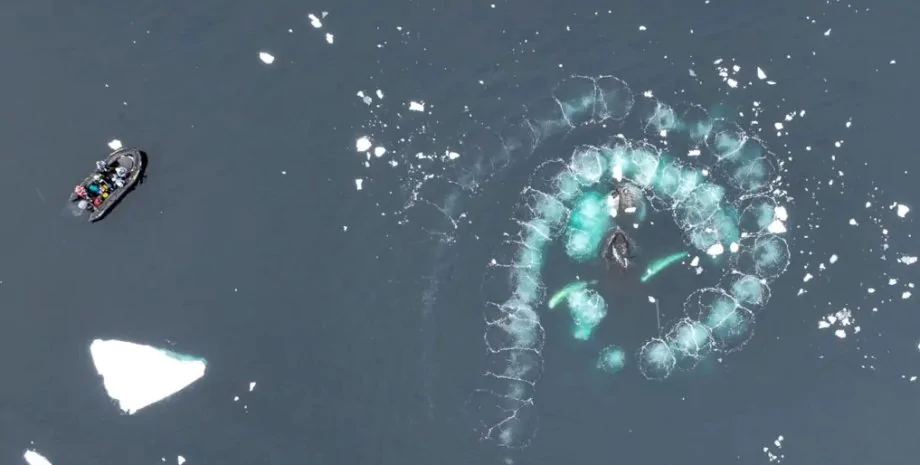
The ocean covers more than half of the planet's surface and is home to the largest animals on Earth - whales. In a new video study, scientists off the coast of the Antarctic Peninsula have been able to unravel the "acrobatics" of the world's largest animals and what allows them to be so flexible and inventive when feeding.
According to Dr. Ari Friedlander from the University of California, Santa Cruz, during the filming they were able to capture the whale using its four-meter fin to envelop its prey in a network of bubbles and trap them in what is known as a "bubble net." 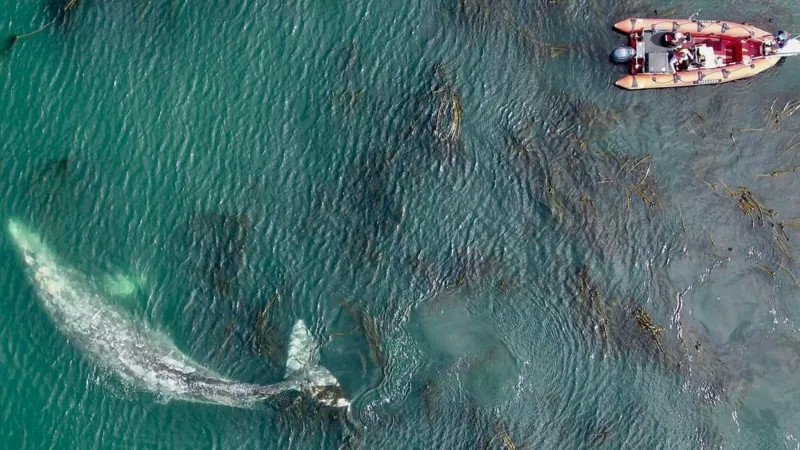
The flipper stroke shows how adaptable and creative whales can be, the researchers say. What's more, Friedlander says, humpback whales are "much more acrobatic" than any other species of the same size. Interestingly, humpback whales are the only species on the planet that produce such single “bubble nets.” The details of this method, alas, can only be seen from above, and therefore the use of drone cameras has essentially revolutionized the ability of scientists to study sea giants.
Footage of humpback whales twisting and turning also shows how efficiently they are able to maneuver their huge bodies. Because of their enormous size, whales use their tails and flippers to turn, making them the most acrobatic whales in the ocean, Friedlander said.
The researchers note that the drone footage also shed light on how whale populations are recovering from whaling, which drove some whale species to extinction and left others vulnerable. Researchers managed to capture a female whale with a calf, which gives hope for the restoration of the species.
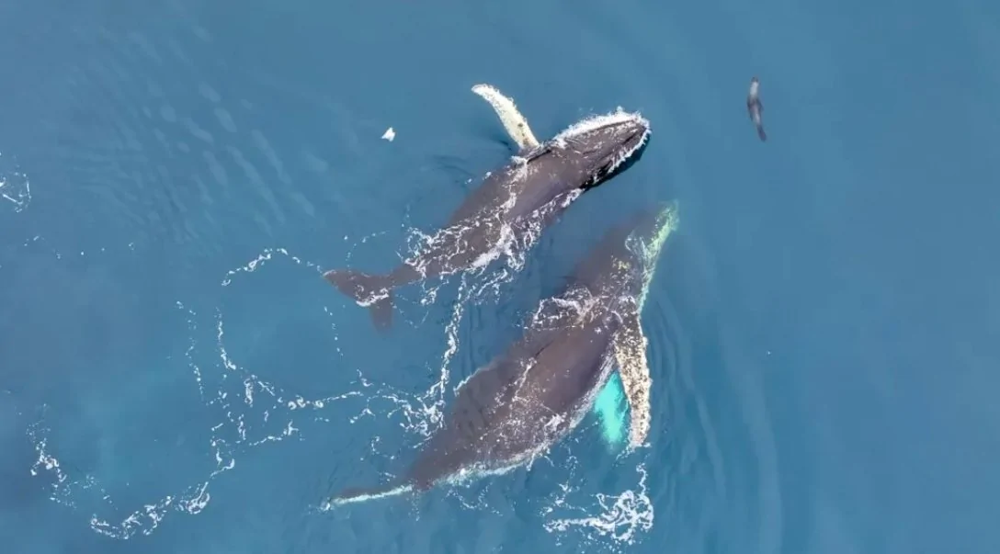
Using drones, scientists can also measure the bodies of whales and have discovered something alarming. Over the past few years, the whales' bodies have shrunk significantly. For example, a gray whale born in 2020 will reach an adult body length 1.65 meters shorter than a whale born before 2000. Researchers believe this reduction in body size is likely due to climate change affecting food supplies.
At the same time, according to Dr. Enrico Pirotta from the University of St. Andrews, this reduction in body size could also indicate that the gray whale population is beginning to decline or is unhealthy. The fact is that size is critical for animals - it affects their behavior, physiology, and also the ecosystem of which they are part.
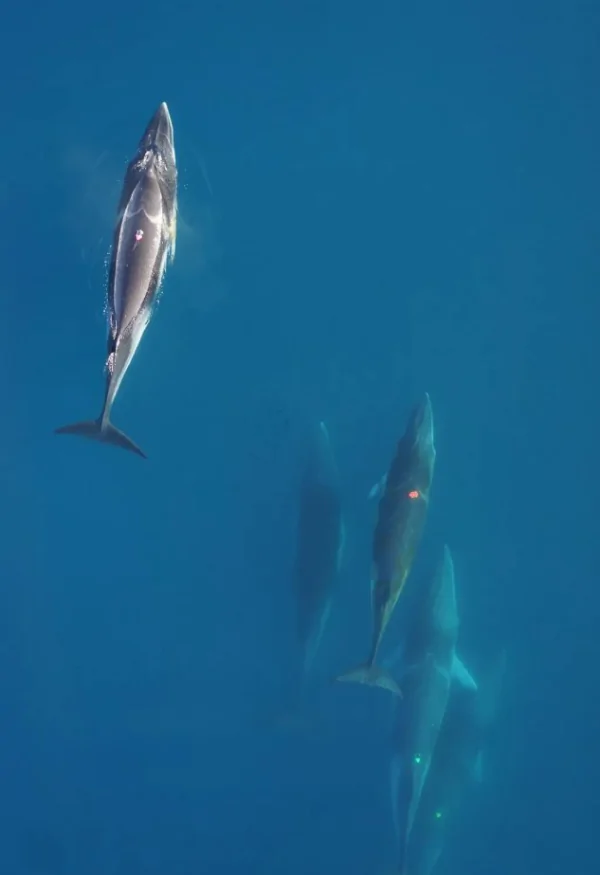
Not only are drones helping researchers track emerging threats to whales, but they are also shedding new light on some interesting behavior patterns of marine mammals. For example, by observing whales feeding using drones, scientists gain insight into how animals learn and cooperate. Typically, one animal forms a "bubble network" while the others perform their individual roles. Scientists have also discovered that in Antarctica, whales often cooperate and blow bubbles in pairs or trios.
Researchers are still trying to figure out what this means, but some suspect Antarctic whales may still be learning feeding techniques and haven't yet "refined it" to give each animal a specific role.




